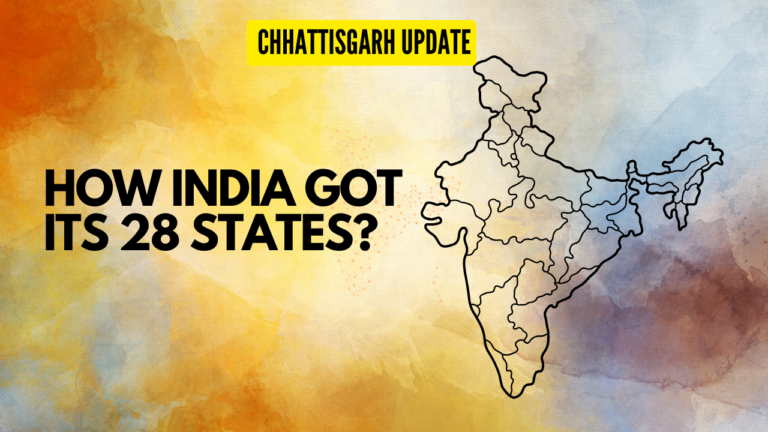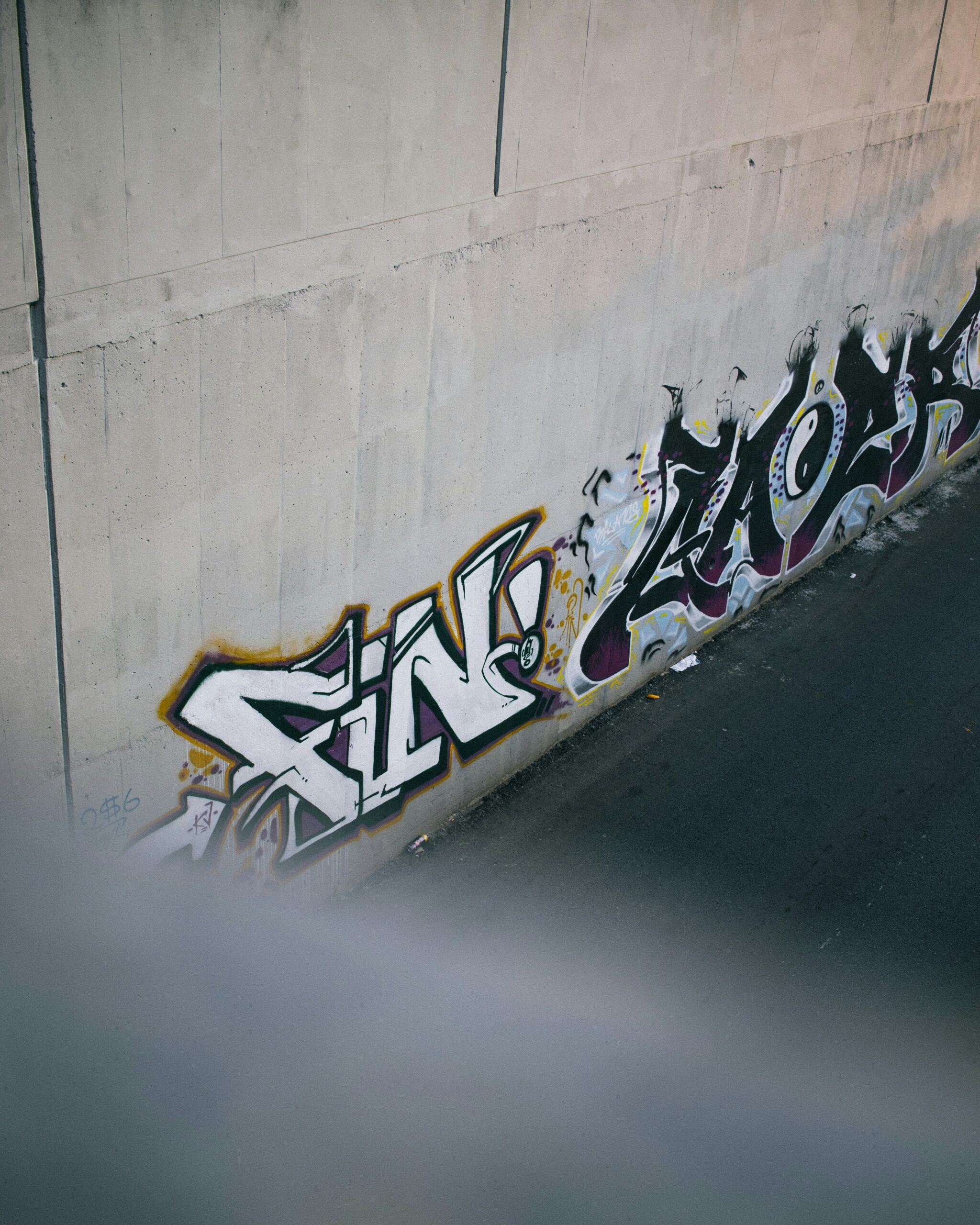Introduction
Raigarh District, located in the heart of Chhattisgarh, India, is a region steeped in history, industrial growth, and cultural diversity. In this article, we will explore the district’s historical background, its burgeoning industrial sector, and the rich tapestry of cultures that define it.
History
The district of Raigarh was formed by the amalgamation of several princely states, including Raigarh, Sakti, Sarangarh, Udaipur, and Jashpur. Notably, Jashpur has since become a separate district, and Sakti is no longer part of Raigarh district.
Industrial Hub
Raigarh is rapidly emerging as an industrial powerhouse within Chhattisgarh. The district boasts a rich industrial landscape, with notable features including:
Mohan Jute Mill: Home to one of India’s oldest jute mills, Mohan Jute Mill was the sole jute mill serving both Chhattisgarh and undivided Madhya Pradesh.
Steel and Power Production: Raigarh is a significant producer of steel and power in India. The district is home to several steel and power plants, including JSPL, MSP, Monnet Steel, and numerous other small and medium producers. The scale of production is exemplified by Raigarh’s daily consumption of approximately 20,000 tons of coal.
Administration
Raigarh district comprises 9 tehsils, each contributing to its administrative and economic vitality:Raigarh
Udaipur (Dharamjaigarh)
Kharsia
Pusour
Lailunga
Tamnar
Gharghoda
Demographics
The demographics of Raigarh district reflect its diverse population mix. According to the 2011 census:
Hinduism is the predominant religion, with a majority of 93.86%. Christianity and Islam also have notable communities, comprising 4.22% and 1.43%, respectively.
The district’s population stood at 1,493,984, positioning it roughly on par with the nation of Gabon or the U.S. state of Hawaii.
Raigarh district exhibits a population density of 211 inhabitants per square kilometer and experienced a growth rate of 18.02% between 2001 and 2011.
The district maintains a sex ratio of 993 females for every 1000 males, and a literacy rate of 73.7%.
Scheduled Castes and Scheduled Tribes form a substantial portion of the population, constituting 11.35% and 39.87%, respectively.
Languages
The linguistic landscape of Raigarh district is marked by diversity. As per the 2011 Census of India:
Chhattisgarhi is the most widely spoken language, with 72.34% of the population using it as their first language.
Other prominent languages include Odia (8.63%), Hindi (8.32%), Kurukh (5.29%), Bengali (1.07%), and Bhojpuri (1.04%).
Additionally, languages like Asuri, an Austroasiatic language, are spoken by around 17,000 people in the region.
Culture
Raigarh District’s cultural fabric is vibrant and multifaceted. The diversity of the population is reflected in its cultural celebrations and practices:
The district is home to various festivals, including those of the local tribal communities, such as Dev Uthani, Pola, Chherchhera, Karma, and Hareli.
Hareli, celebrated during the monsoon season, holds special significance for farmers and is known as Hariyali.
Pola is another notable festival during which clay-made bullocks are worshiped.
Traditional dances like Panthi Dance, Raut Nacha, Karma Nacha, Baar Nacha, and Suwa are integral to the district’s cultural heritage.
Raigarh District’s fusion of industrial development and cultural diversity makes it a captivating and dynamic region within Chhattisgarh, where tradition and progress harmoniously coexist.



